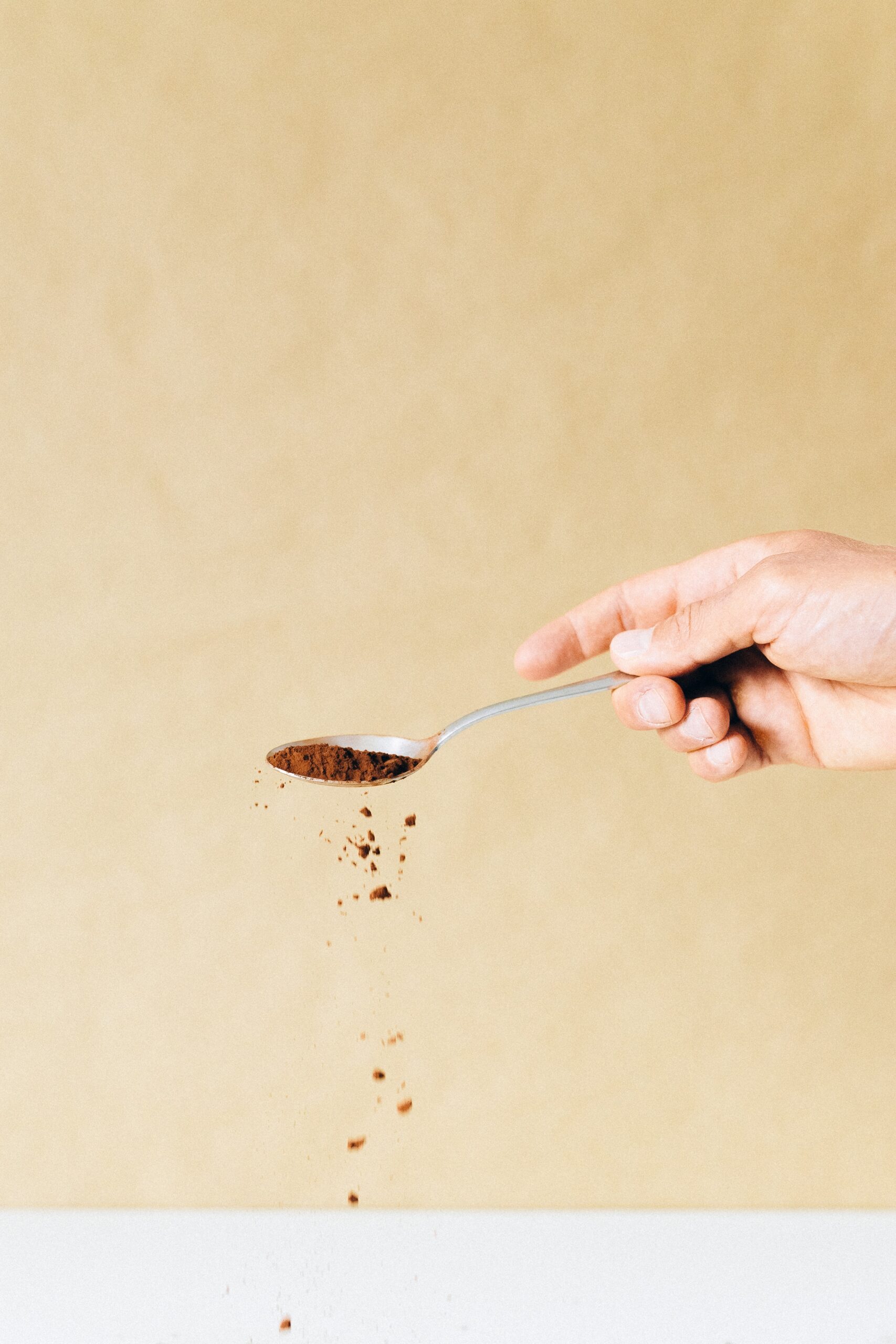
Paprika is a spice made from dried and ground peppers, and it is widely used in different recipes to add color, flavor, and depth. There are several types of paprika, including sweet paprika, regular paprika, Spanish paprika, and Hungarian paprika. Each of these spices with its unique flavor profile.
Paprika Powder: How is it Made?
Paprika powder is made from dried and ground peppers. It can include a variety of different pepper types depending on the region and the desired flavor profile. Here is a general overview of the process for making paprika powder:
- Harvesting and Drying: The peppers are harvested when they are fully ripe and then dried, either by being hung up to air-dry in the sun or by using specialized drying equipment.
- Removing the Stems and Seeds: Once the peppers are fully dry, the stems and seeds are removed to leave only the dried pepper flesh.
- Grinding: The dried pepper flesh is then ground into a fine powder using a spice grinder or mill. The powder can be further processed to remove any remaining seeds or skin fragments.
- Sorting and Grading: The paprika powder is sorted and graded based on factors such as color, heat level, and flavor profile.
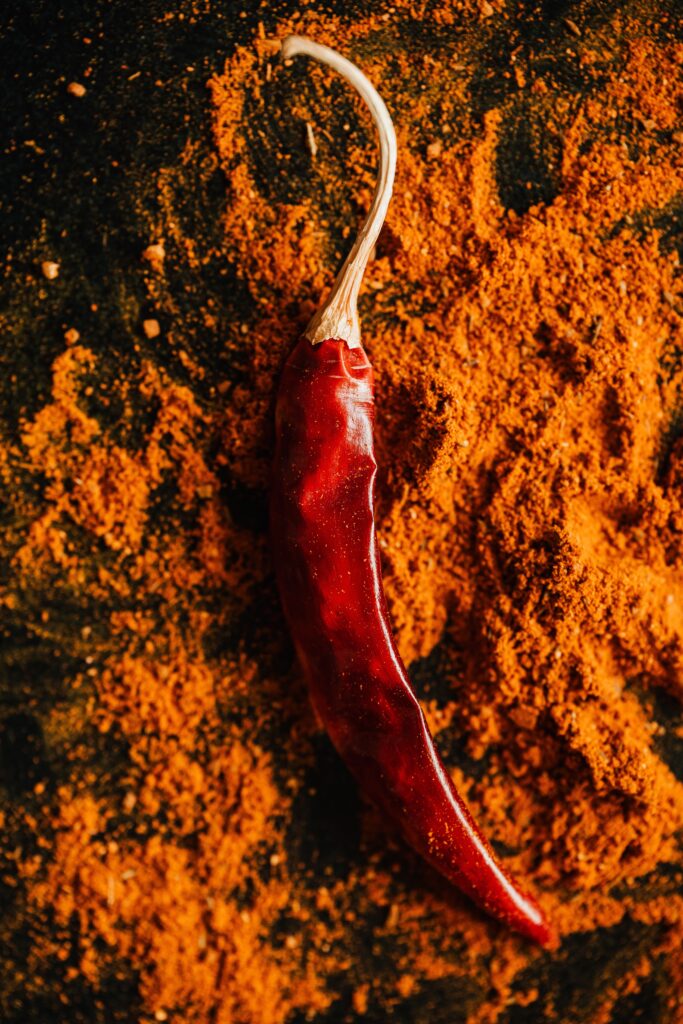
The exact process for making paprika powder can vary depending on the region and the specific pepper types used. For example, Hungarian paprika is often made from a specific type of pepper called the Hungarian wax pepper. While Spanish paprika can be made from a variety of different pepper types, including the smoked and dried peppers known as “piquillo” peppers.
Suggested Read: What are the Best Substitutes for Harissa?
What is the difference between paprika vs smoked paprika
The main difference between regular paprika and smoked paprika is the smoky flavor that comes with smoking the peppers before they are ground into a powder. Smoked paprika is made by smoking the peppers over oak wood, giving them a rich, smoky flavor. The smoking process adds depth and complexity to the spice. Which makes it a popular ingredient in cooking Spanish and Mexican cuisine.
Smoked paprika is sometimes referred to as smoked Spanish paprika, as it is commonly used in Spanish dishes like chorizo, paella, and roasted vegetables. However, it is important to note that not all Spanish paprika is smoked. There are several types of Spanish paprika with different flavors and heat levels.
Hungarian paprika, on the other hand, is known for its sweet flavor and deep red color. It is made from a specific type of pepper called the Hungarian wax pepper, and it is a popular spice in Hungarian cuisine.
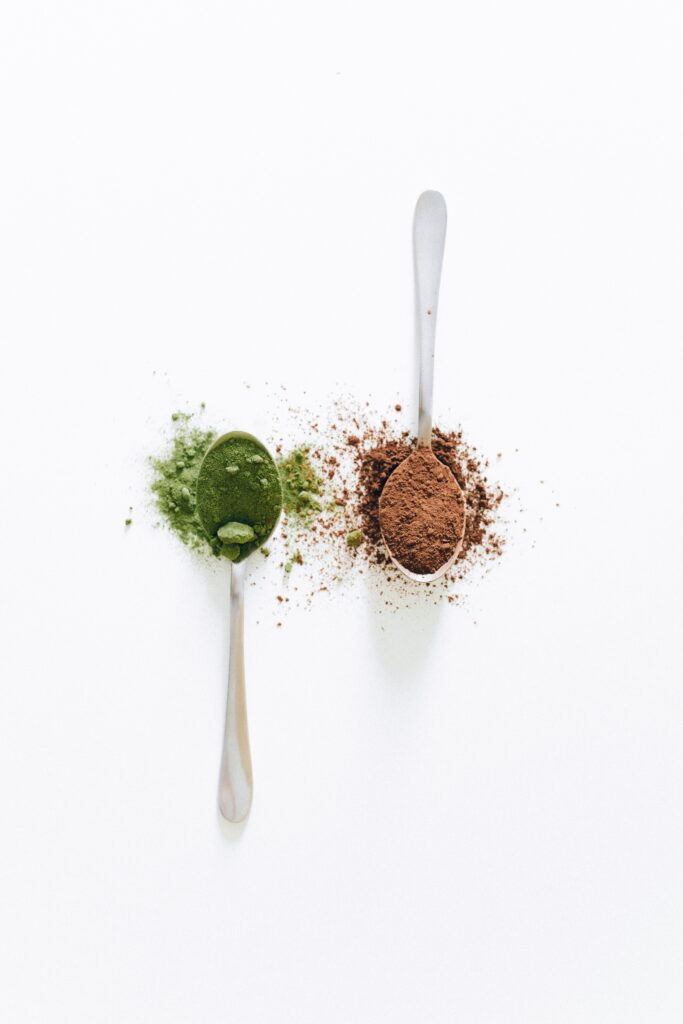
Suggested Post: Where does Paprika Come From?
Spanish vs Hungarian Paprika
Spanish and Hungarian paprika are two different types of paprika with distinct flavor profiles. Here are some of the differences between them:
- Pepper Varieties: Spanish paprika can be made from a variety of pepper types. This includes sweet and hot peppers, while Hungarian paprika is typically made from a specific type of pepper called the Hungarian wax pepper.
- Smokiness: While both Spanish and Hungarian paprika can be smoked, Spanish paprika is more commonly available in smoked varieties, which have a distinctive smoky flavor.
- Flavor: Spanish paprika has a milder, sweeter flavor than Hungarian paprika. It can have a more robust, slightly bitter taste.
- Color: Spanish paprika tends to have a brighter, redder color than Hungarian paprika, which can have a deeper, darker red color.
- Heat: While both types of paprika can be made in varying heat levels, Hungarian paprika is often associated with higher heat levels than Spanish paprika.
In terms of usage, Spanish paprika is a staple in Spanish cuisine. It’s used in dishes like paella, chorizo, and patatas bravas. Hungarian paprika, on the other hand, is a key ingredient in Hungarian dishes like goulash and paprikash. Ultimately, the choice between Spanish and Hungarian paprika comes down to personal preference and the specific flavor profile needed for a particular recipe.
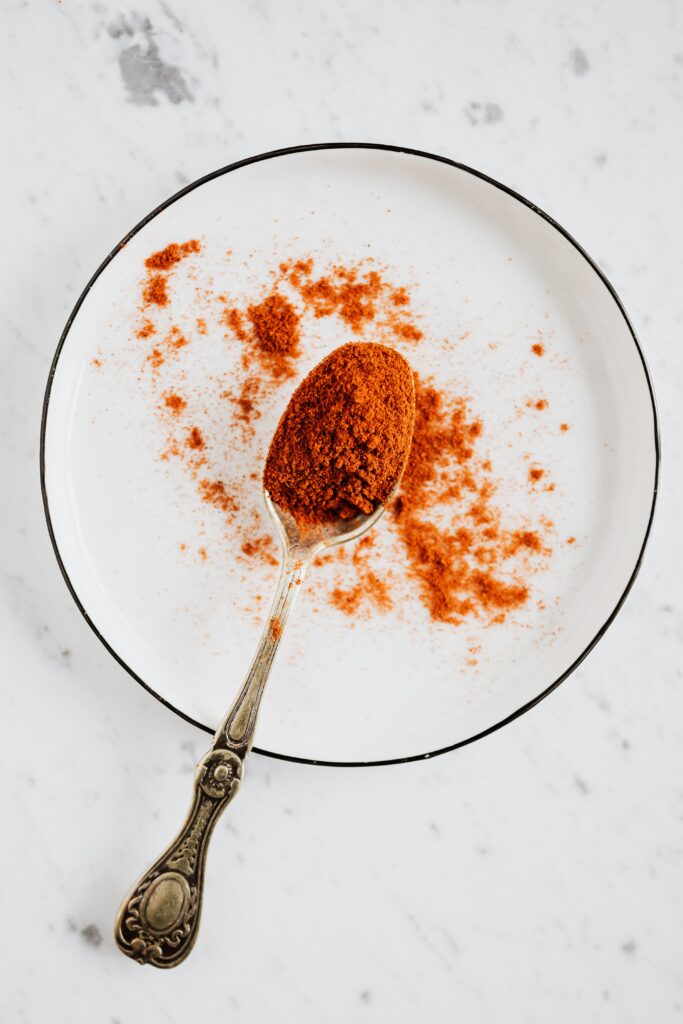
How to use Paprika
In the kitchen, smoked paprika can be used in a variety of dishes, including meat, poultry, fish, and vegetable dishes. It can also be used in spice blends to add depth and smoky flavor to recipes. It is important to note that smoked paprika has a stronger flavor than regular paprika. Therefore, it should be used in smaller quantities.
Suggested Read: Does Hummus need to be Refrigerated?
What are good recipes for Paprika?
Paprika is a versatile spice that can be used in a variety of dishes to add flavor, color, and depth. Here are some recipes that showcase the delicious taste of paprika:
- Roasted Paprika Chicken: Combine paprika, garlic, salt, and pepper to make a flavorful rub for chicken. Roast the chicken in the oven until cooked through and crispy on the outside.
- Paprika Potatoes: Cut potatoes into bite-sized pieces and toss with olive oil, paprika, salt, and pepper. Roast in the oven until tender and crispy.
- Paprika Shrimp: Sauté shrimp in a mixture of olive oil, garlic, and paprika until cooked through. Serve over rice or with crusty bread.
- Hungarian Goulash: This classic dish features beef stewed with onions, tomatoes, and plenty of paprika. Serve with crusty bread or over egg noodles.
- Spanish Chorizo and Potato Stew: This hearty stew features spicy chorizo sausage, tender potatoes, and plenty of smoky paprika for flavor.
- Shakshuka: This Middle Eastern dish features eggs poached in a spicy tomato sauce flavored with paprika and other spices.
- Paprika Roasted Cauliflower: Cut cauliflower into florets and toss with olive oil, paprika, salt, and pepper. Roast in the oven until tender and caramelized.
These are just a few ideas to get you started. Paprika can also be used in spice blends, rubs, and marinades for meat, poultry, and seafood, or sprinkled over roasted vegetables or soups for extra flavor.
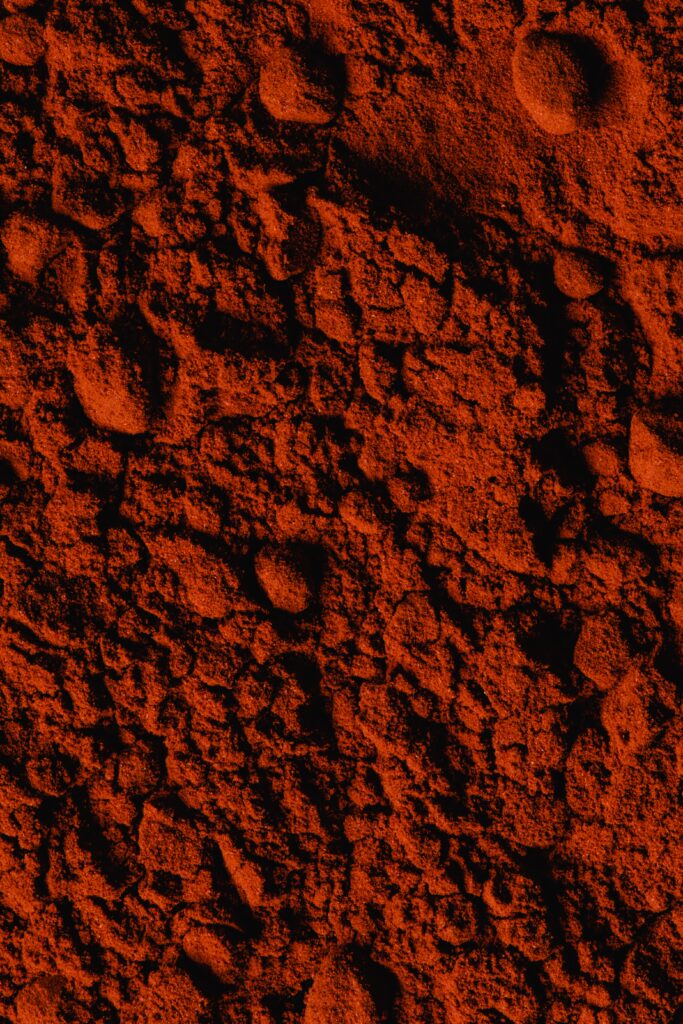
Is Smoked Paprika Bad for You?
No, smoked paprika is not bad for you when consumed in moderation. Like all spices, it is generally considered safe to eat and can offer several health benefits. Smoked paprika is a good source of antioxidants, which can help protect your body against oxidative stress and inflammation. Additionally, it may help improve digestion and reduce inflammation in the digestive tract.
However, it is important to note that smoked paprika can be high in sodium, so it is best to use it in moderation if you are watching your sodium intake. It is also important to purchase high-quality smoked paprika from a reputable source to ensure that it is free from additives and contaminants.

Christopher is a food and lifestyle expert, recipe developer and the content creator behind May Eighty Five. With years of experience in the kitchen, he also shares tips, tricks and how to’s that he has learnt over the years. Every week, he shares quick, simple and mostly healthy recipes along with some home and entertaining tips. You will find flavorful cocktails, delicious appetizers, tasty mains and some indulgent desserts. As a home decor enthusiast, he also likes to share simple DIY projects and simple tips for a beautiful home.


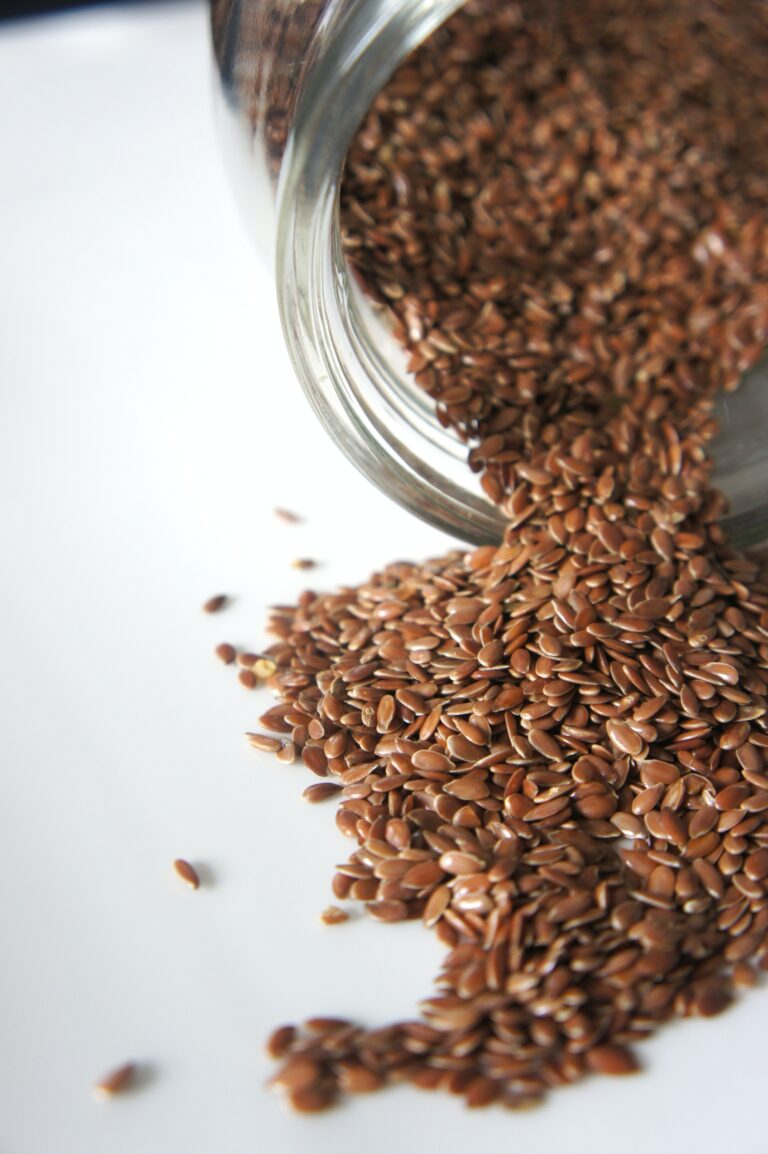
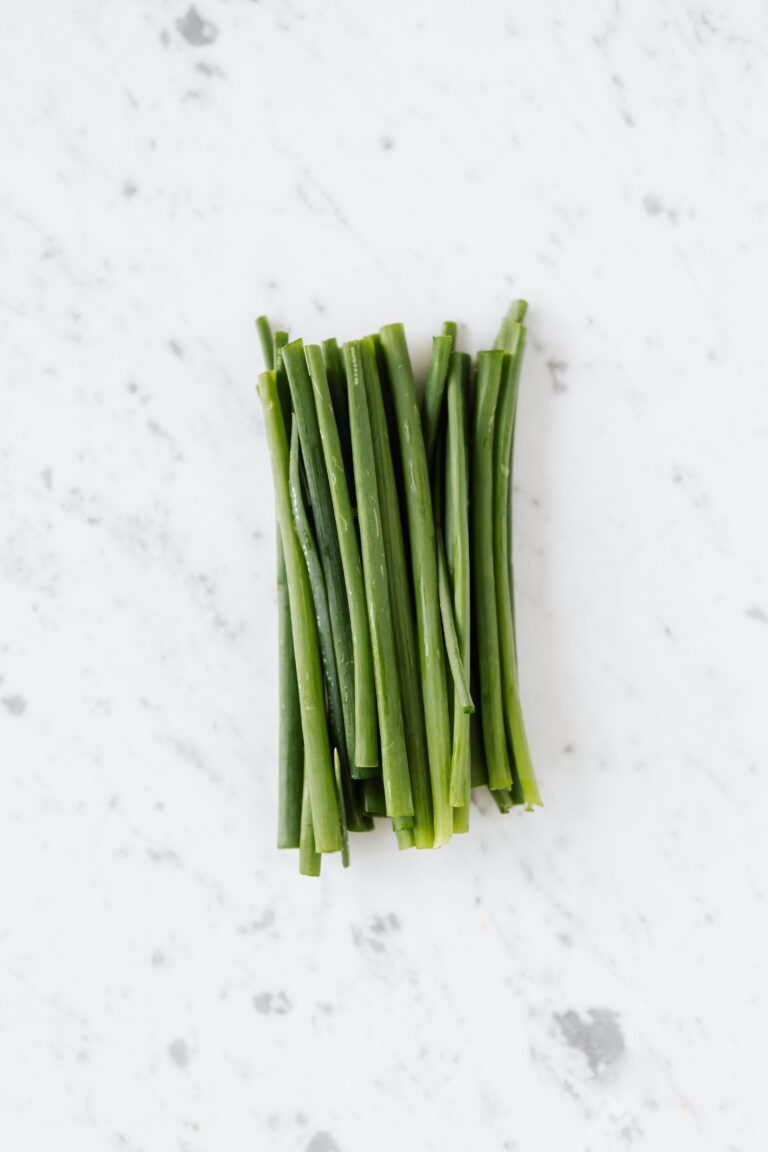


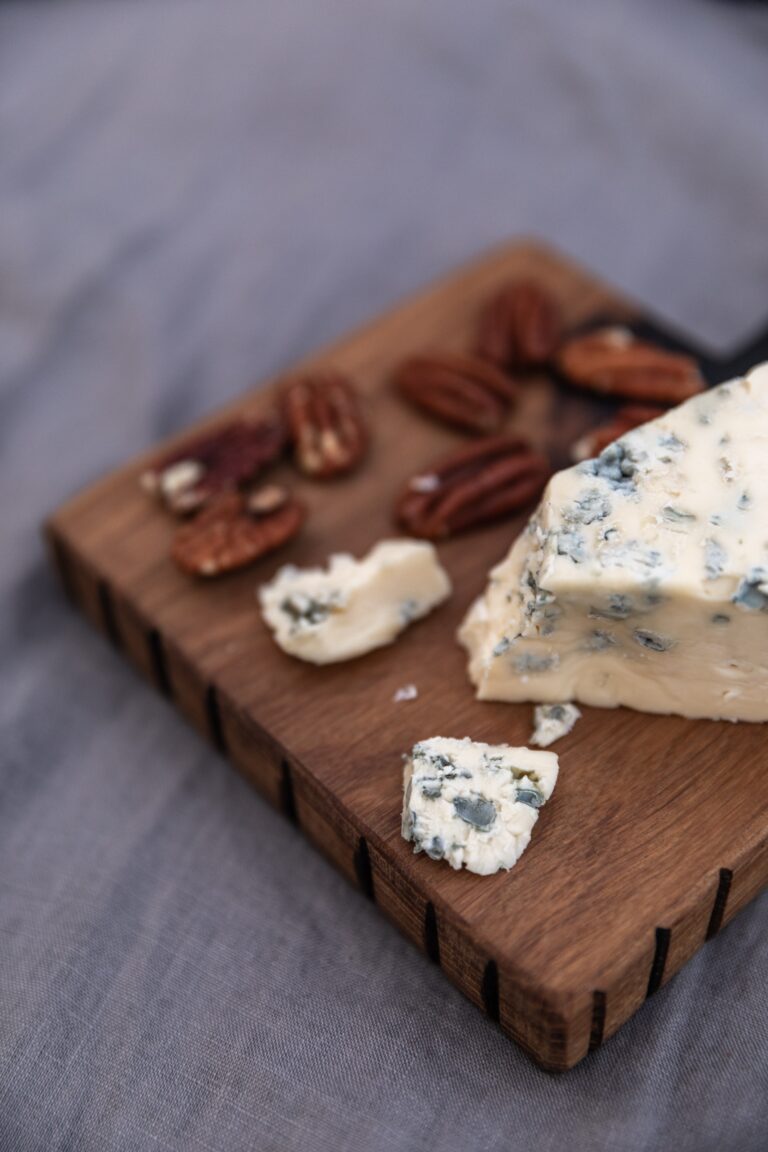

8 Comments